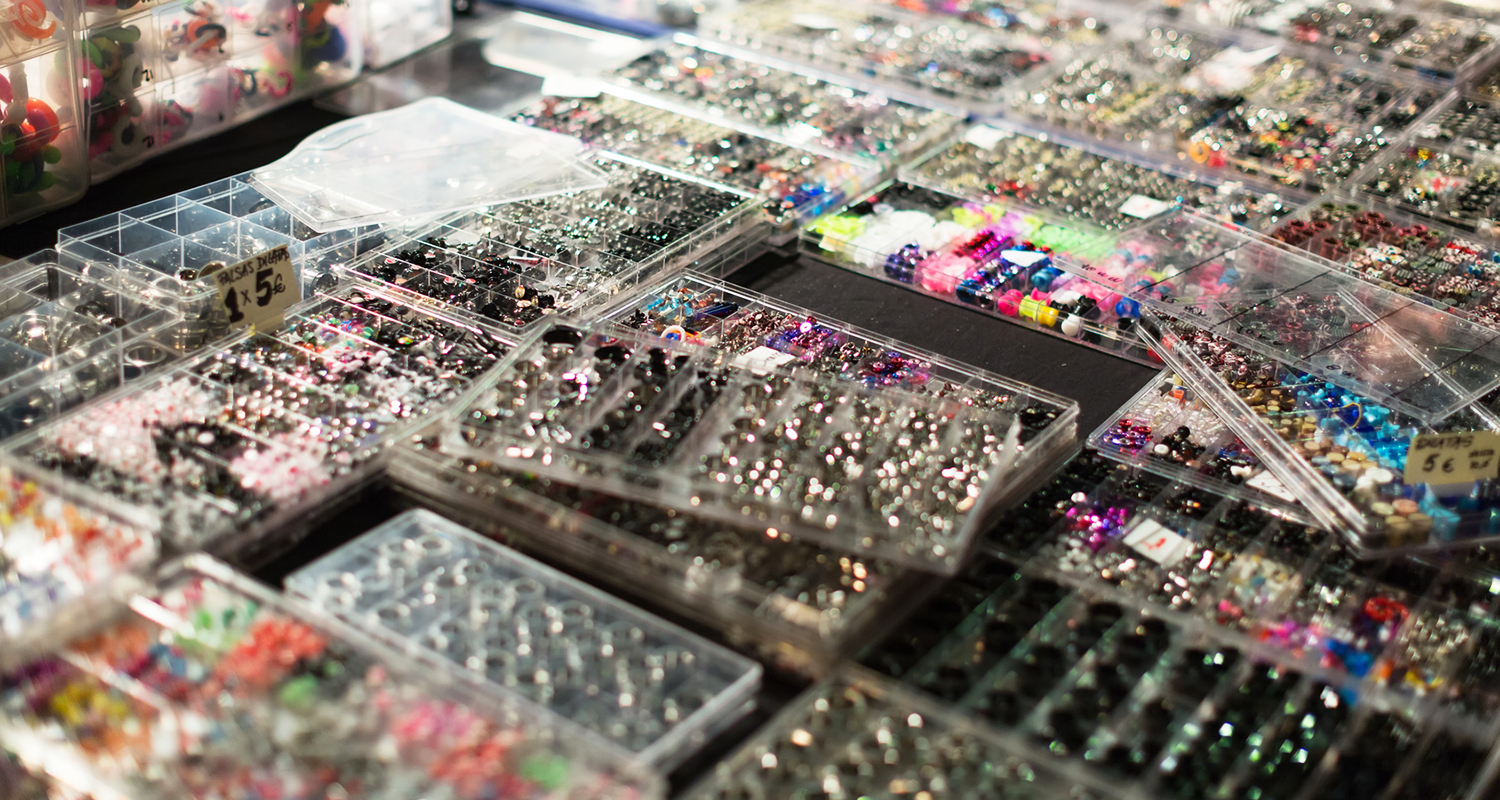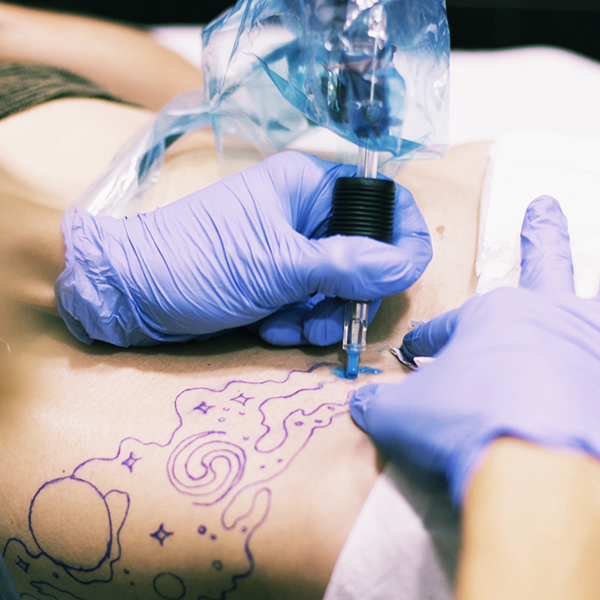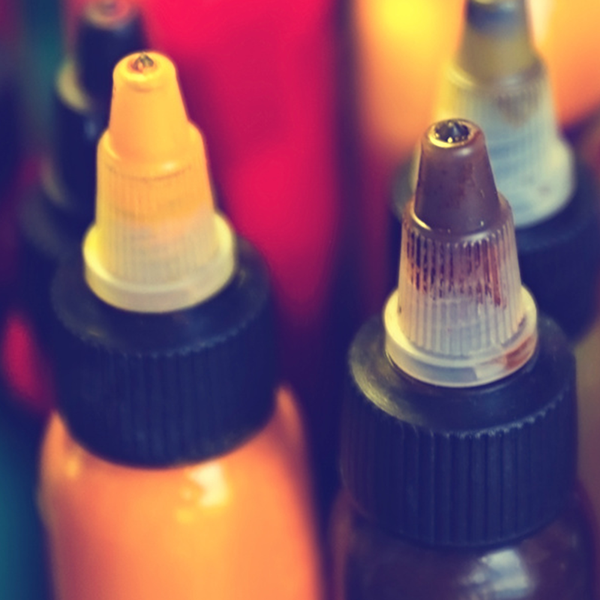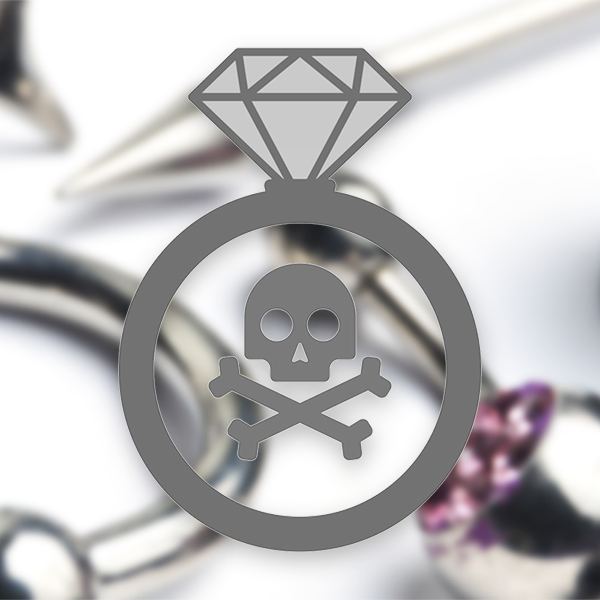Piercing jewelry has become a true form of personal expression, almost as much as piercings themselves. These days, piercing jewelry is available in all colors, shapes and sizes — the sky’s the limit! There are numerous options when it comes to the metals and materials used to create the jewelry and just as many standards and regulations to match.
In this article, we’ll take a closer look at the most commonly used metals, regulations set forth by the European Union and what you should do to ensure that you’re not breaking any laws and offering your customers the absolute best.
Piercing Jewelry Standards: Metals And Materials
Surgical Steel 316 (SS316L)
SS316L is crafted from implant-grade steel and is the most common material used to craft piercing jewelry. It’s evaluated against two standards related to the quality of steel — ASTM F138 and ISO 5832-1 — and although it may contain trace amounts of nickel, polishing the jewelry to a mirror-like lustre creates a protective barrier of chromium oxide, which in turn reduces the release of nickel into the client’s skin, as well as the chance of an allergic reaction. SS316L can be sterilized in an autoclave.
Black Steel
Taking SS316L and coating it with Physical Vapour Deposition (PVD) in a heated chamber under a high vacuum produces black steel. By using electric voltage, a plasma is formed within the chamber and the introduction of a number of gases produces an ion bombardment. This atomizes the cathode material into tiny substances, which are then deposited on the jewelry, creating a hard biocompatible layer on top of the jewelry.
Titanium
Titanium is essentially nickel-free and has (not surprisingly) become the preferred material for body jewelry, especially in the European Union, as it complies with regulations regarding the use of nickel in body jewelry. It’s a great option for both new and existing piercings and although it weighs half as much as steel, it is twice as strong. Grade Ti6AL-4V and ASTM F136 titanium are preferred, as they are both surgical grade. Titanium can be sterilized in an autoclave.
Bioplast™
Invented in Austria in 1998, this medical-grade plastic is trademarked and produced exclusively by Tyrol. It is ideal for new piercings because, unlike metal, it adjusts to the client’s body temperature, not the outside temperature. This results in less swelling, a lower risk of infection and a faster healing time. It’s also nickel-free and super flexible. So much so that it can be cut to any length and threaded by any metal ball closure. Bioplast™ can be combined with SS316L or titanium and is available in a variety of colors, including: transparent, blue, black, silver, UV green, UV pink, glow in the dark, thermo purple (which turns pink when you drink something hot), white and red.
Gold
Just like with black steel, Physical Vapor Deposition (PVD) is used to coat jewelry with 24K gold, 14K rose gold or 22K rose gold. Gold jewelry can lose its color in an autoclave, so it is recommended to clean it in a jewelry steamer, then with an ultrasonic process using warm alkaline detergent instead. As a last step, the jewelry should be cleansed with deionized water and, finally, with an alcohol rinse.
Silver
Similar to gold, silver comes in various grades, but it’s 92.5 silver that’s most commonly used. What’s more, it is usually plated with rhodium to keep the jewelry from tarnishing. However, it should never be used in new piercings, as it will easily oxidize from exposure to bodily fluids, nor in healed piercings in mucous areas (think nostrils, septum, oral and genital), as long term exposure could result in silver poisoning.
Organic Materials
Jewelry crafted from wood, buffalo horns, bones and other natural materials may be beautiful, but it is extremely sensitive to changes in heat. This type of jewelry can therefore not be placed in an autoclave for sterilization and is not suitable for piercings that haven’t healed or for stretching out existing ones.
UV Acrylic
Although cheap and available in all kinds of shapes and colors, UV acrylic is super fragile and cannot be sterilized in an autoclave. What’s more, it is also prone to cracking if submerged in disinfectant chemicals, like alcohol, making it unsuitable for initial piercings and an all-around sub par choice.
European Regulations
EU Regulation (EC) No 1907/2006 concerning the Registration, Evaluation, Authorisation and Restriction of Chemicals (REACH) is the go-to source for regulations regarding any products meant to be in direct contact with the skin for prolonged periods of time during regular wear.
The guidelines apply to piercing jewelry, as well as all other jewelry, like necklaces, rings, watches — you name it — and outline specific rules and restrictions for the use of nickel, as well as lead and cadmium, which are nickel compounds that are known to be toxic. In general, the regulations state that products must not release nickel into the skin at a rate that’s faster than the one specified within the guidelines.
Nickel
Nickel is one of the most common metallic elements on the planet and is present in most metals, even coins. If it occurs at concentrations below 100ppm or 0.01% by mass, it is unlikely to cause an allergic reaction.
When it comes to piercings, the part of the jewelry that is meant to be inserted into the skin, as well as the faces that hold it in place and press against the piercing (these pieces are referred to as “post assemblies” within the above mentioned regulations document) must have a release rate that’s below 0.2 micrograms per square centimetre per week.
Lead
As explained by hants.gov.uk, this toxic metal “doesn't break down in the environment and accumulates in the human body”, making its use in piercing jewelry highly unfavorable. It is, however, acceptable “if the concentration of lead is equal to or lesser than 0.05 % by weight.”
Cadmium
Although it is often used in costume jewelry, just like lead, cadmium is often classified as toxic and harmful and is, therefore, not an ideal choice, to say the least. That being said, piercing jewellery is allowed to contain cadmium if it’s less than 0.01% of the weight of the metal.
Conclusion
So how can you make sure you comply? First off, you can read the complete list of E.U. regulations, along with amendments, HERE. Secondly, if you’re not the manufacturer or direct importer, you’ll want to ask your supplier for more information, including test certificates, about the piercing jewelry you’re buying. If you’re running a large business and purchasing major wholesale quantities, you can even go as far as to independently audit your supplier.
Remember: Failure to comply with these regulations is considered to be an offence under REACH Enforcement Regulations 2008, which means it’s worth the extra time and effort to make sure the jewelry you’re using is top quality and won’t cause any unnecessary allergic reactions, or worse.





